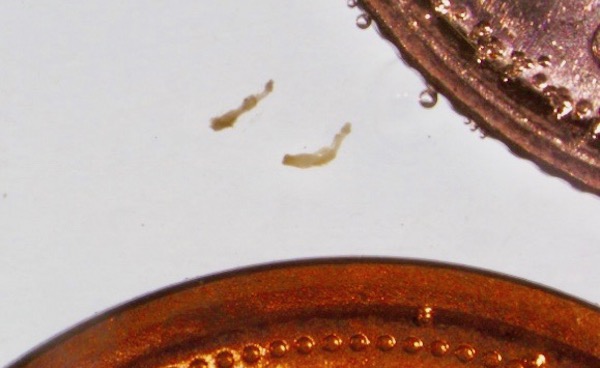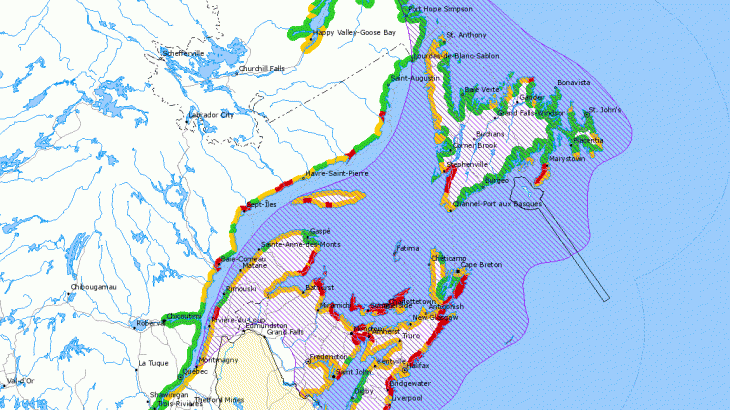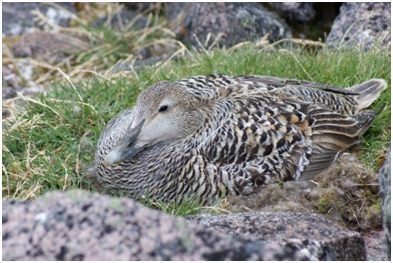
Mila Bassil, New Science Communicator Harsh terrain and brutally cold temperatures are not the only dilemmas Arctic dwellers face. Dr. Emily Jenkins and her team of researchers at the University of Saskatchewan’s Western College of Veterinary Medicine have identified parasites in the gastrointestinal tract of carnivores from northern Canada as Echinococcus spp, a small tapeworm […]







